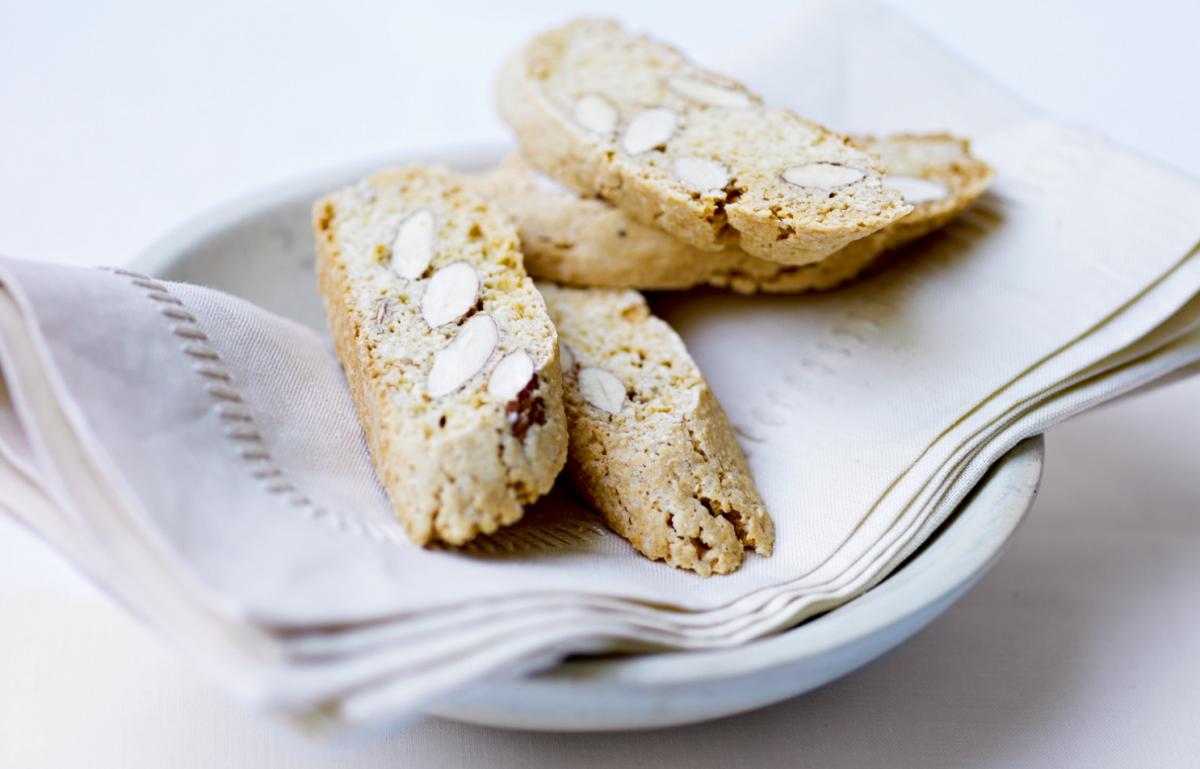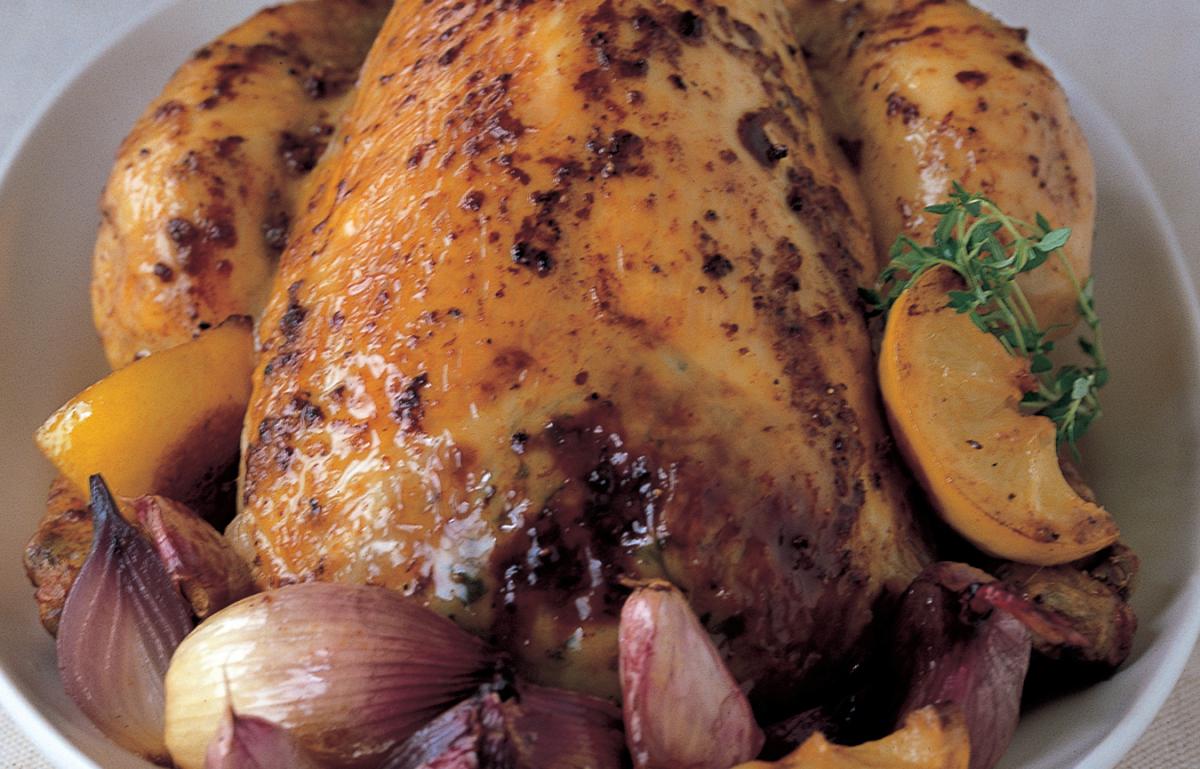

This is the very lightest chocolate cake of all, the reason being that no flour is used – it's simply made with eggs and cocoa powder.
It's very fragile, almost soufflé-like, but once you've tried it you'll never want any other kind. Don't forget to start this a couple of days ahead if possible by heating the prunes with the Armagnac and leaving them to soak up all the delicious flavour.
The Delia Online Cookery School: Fond of chocolate? Watch how to make more chocolate recipes in our video. Just press the recipe image to play.
This recipe is from The Delia Collection: Chocolate. Serves 8. Scroll to the botom of the page to see questions Lindsey has answered on this recipe
Start off by first placing the egg whites in a large, clean, grease-free bowl.
Put the yolks in another bowl, along with the sugar, and whisk them until they just begin to turn pale and thicken – be careful not to thicken them too much; they need approximately 3 minutes' whisking. After that, gently fold in the sifted cocoa powder. Next, with a spanking-clean whisk, beat the egg whites until stiff but not too dry. Now, using a metal spoon, fold a heaped tablespoon of the egg white into the chocolate mixture to loosen it up a little, then carefully and gently fold in the rest of the egg white, slowly and patiently trying not to lose any air. Now divide the mixture equally between the prepared sandwich tins and bake near the centre of the oven for 15 minutes. They won't appear to be cooked exactly, just set and slightly puffy and springy in the centre, so when they're taken out of the oven they will shrink (but that's normal, so don't panic). Leave the cakes to cool in their tins, then slide a palette knife around the edges, gently invert them on to a board and carefully strip off the base papers.
To make the filling for the cake, first of all set aside 10-12 of the largest prunes, then place the rest, plus any remaining soaking liquid, in a processor, along with the crème fraîche, and whiz to a purée. After that, transfer the purée straight from the processor on to one half of the cake, placed carefully on to a plate first, then spread the purée out and place the other half of the cake on top. Now all you need is the chocolate covering. For this place the broken-up pieces of chocolate in a large heatproof bowl, which should be sitting over a saucepan of barely simmering water, making sure the bowl doesn't touch the water. Then, keeping the heat at its lowest, allow the chocolate to melt slowly – it should take about 5 minutes to become smooth and glossy.
Then remove it from the heat and give it a good stir, then let the chocolate cool for 2-3 minutes. Now take each one of the reserved prunes and dip it into the melted chocolate so that half of each one gets covered. As you do this place them on a sheet of parchment paper to set. Next, stir the crème fraîche into the chocolate, then use this mixture to cover the surface of the cake. Spread it over carefully with a palette knife, making ridges with the knife as you go.
Now decorate the cake with the chocolate prunes. Cover the whole thing with an upturned, suitably sized bowl or polythene cake container, and keep it in the fridge until about an hour before you need it.
Follow us Like us on Facebook Follow us on twitter Follow us on instagram Follow us on pinterest Follow us on youtube
© 2001-2024 All Rights Reserved Delia Online